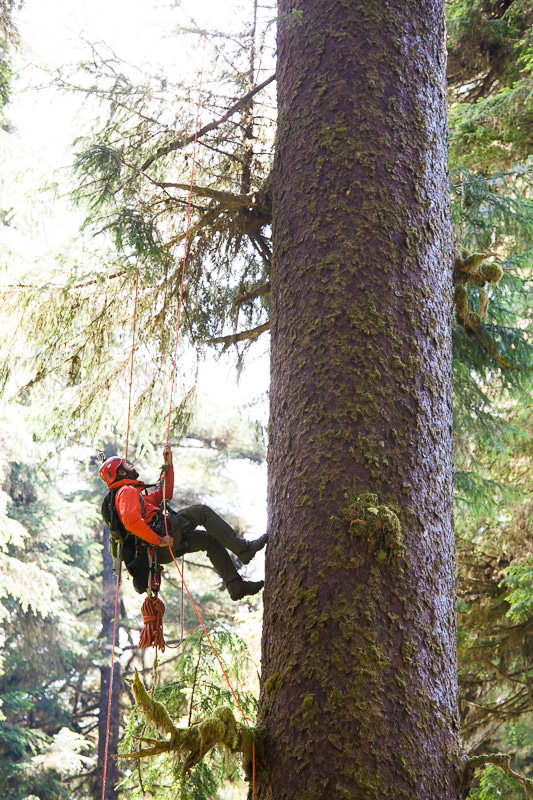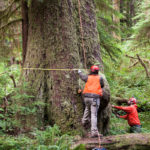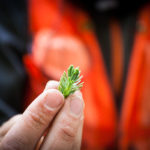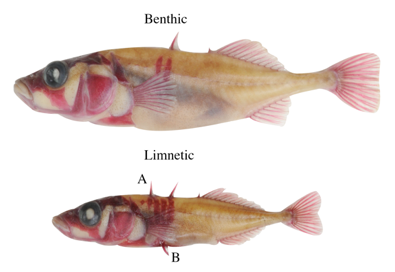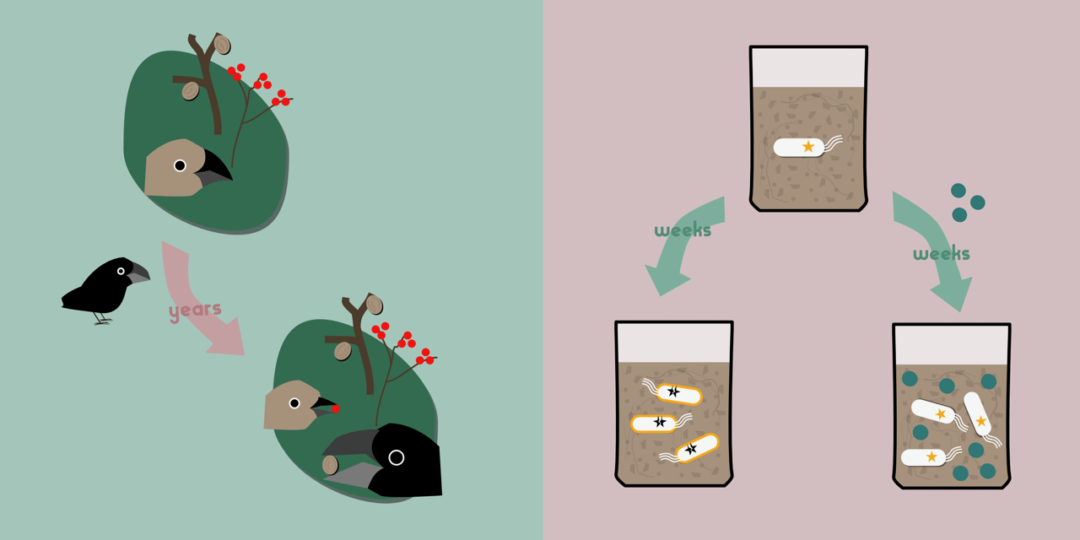In our new author blog, Vincent Hanlon & Professor Sally Aitken explain how high rates of somatic mutation can influence the evolution of long-lived trees.
The apical meristems of plants consist of somatic cells that behave in some ways as though they were part of a segregated germline. They give rise to gametes, they divide infrequently, and they are physically separate from the rest of the soma. But apical meristems also have the stem-cell-like role of producing new shoots and leaves during primary growth, and this results in an additional burden of cell divisions from which truly segregated germlines are exempt.
Because DNA replication in preparation for cell division can be mutagenic, the apical meristems of large plants may accumulate many somatic mutations as they grow. Alternatively, the meristems of long-lived plants may accumulate many somatic mutations as a result of time-dependent DNA damage from UV light or the deamination of methylated cytosine. Trees are both large and long-lived, so their apical meristems may bear seeds with an unusually large number of new mutations. All this extra genetic variation could facilitate adaptation or increase genetic load—either way, it’s likely to influence how trees evolve.
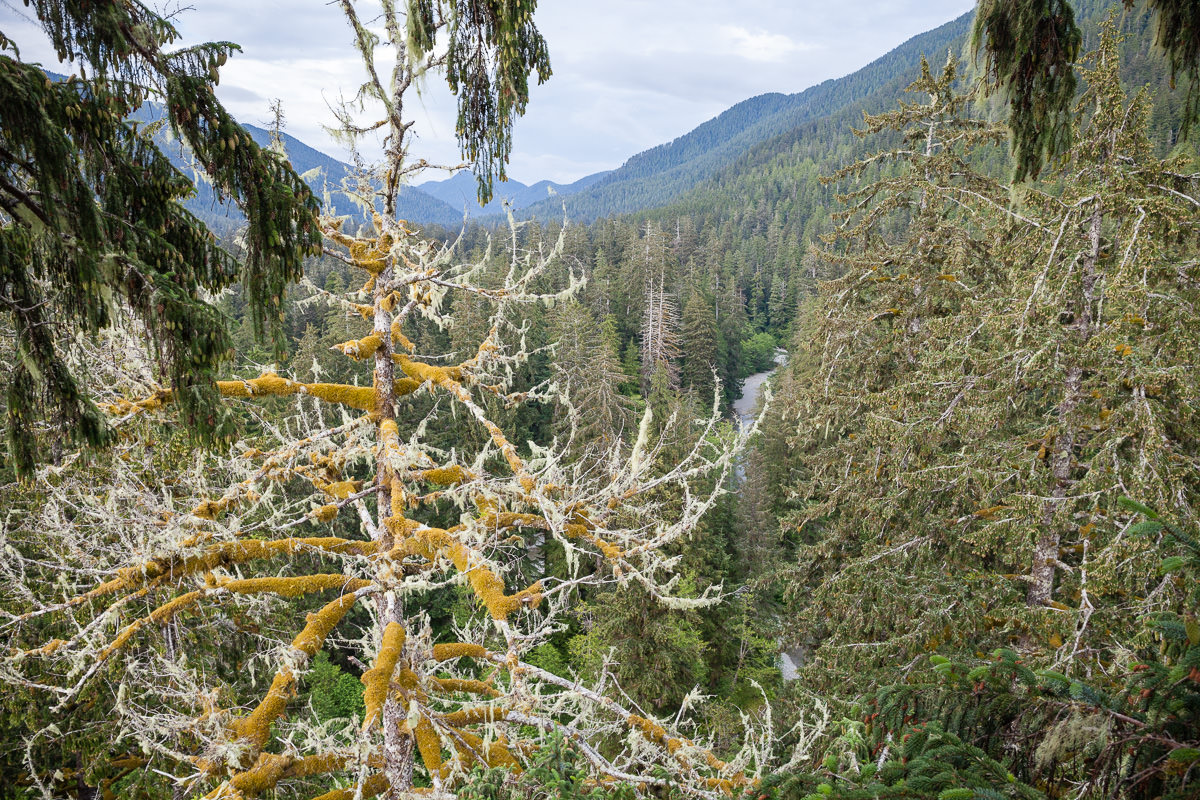
To evaluate the magnitude of this process in conifers, we set out to estimate the number of somatic base substitutions that accumulate over the lifetimes of Sitka spruce (Picea sitchensis) trees. New base substitutions are incredibly rare (and our sequencing was limited), so we put the odds of finding something interesting our favour by studying a famous population of old growth trees in the Carmanah Valley, Canada, which grow up to 95 m tall and live up to 500 years old. We climbed 20 exceptionally tall trees to take foliage samples from as high as possible in the crown, divided them into two technical replicates for sequencing, and paired these with two bark samples from low down on opposite sides of the trunk. By comparing samples from the top and bottom of each tree, we identified somatic point mutations as those where the bottom pair of samples matched and the upper pair matched, but where the two samples differed at a given nucleotide.
- Climbing high in search of rare mutations: extreme field work in the Carmanah Valley. Photos: TJ Watt
From the few somatic mutations we found in the ~10 Mb of exome and near-exome sequence we targeted, we estimated a very low somatic mutation rate per year, but a high rate per generation in Sitka spruce. Even more interesting is the total amount of genetic variation that a single tree could generate. We estimate that across all of its potentially fertile branches, a single old growth Sitka spruce could produce on the order of 100,000 new base substitutions. Different combinations of these mutations, distributed over the superabundant pool of seeds1 or pollen that a successful tree produces in its lifetime, could serve as good raw material for natural selection among the offspring of a tree.
Because of their long generation times, trees ought to be slow to adapt. Our study suggests a way to reconcile this prediction with the observation that trees often display strong adaptation to local conditions. It is possible that selection among offspring—or even among the branches or cells of a single tree—allows trees to access a larger pool of potentially adaptive mutations than any individual seed is likely to contain.
Vincent Hanlon completed his MSc in the Faculty of Forestry, University of British Columbia, in 2018. Sally Aitken is Professor of Forest and Conservation Science, Faculty of Forestry, University of British Columbia. The original study is freely available to read and download from Evolution Letters here.
1It has been estimated, for example, that a single white spruce (Picea glauca) tree, much smaller than an old growth Sitka spruce, can produce hundreds of thousands of seeds in a good year.
